World ghettos: Paris in hebrew style
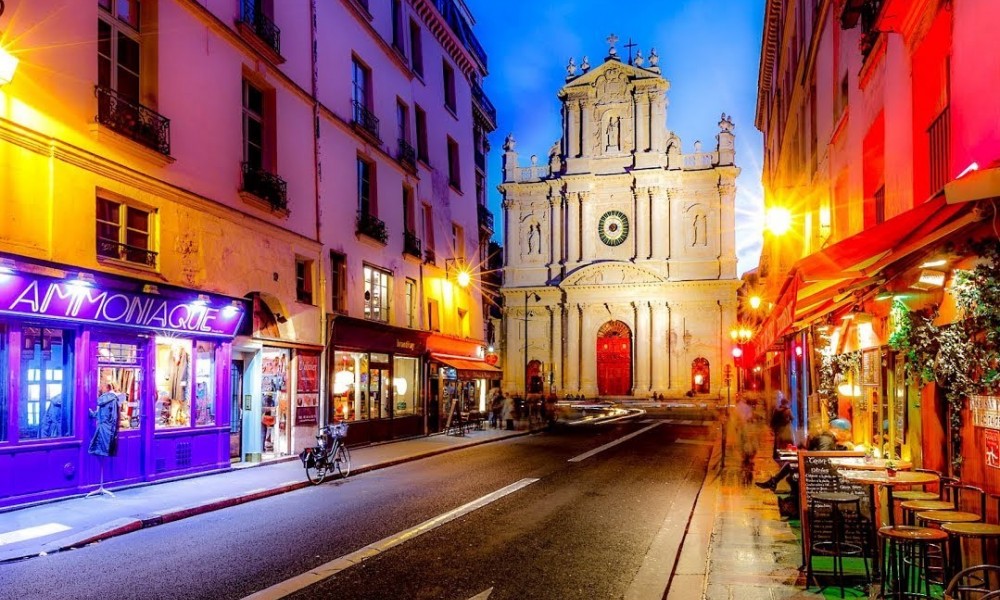
He who receives a gift does not measure, or dirty tricks in royal style
Walking through the cosy and homely streets of the Marais, it is difficult to imagine that all this splendour was built on marsh area after which the place got its name. The story behind it is that for the urban area not to be empty, King Louis the Seventh out of kindness bestowed these lands to the Order of the Temple. Hardworking knights, of course, were surprised by such a generous present, but they were not afraid of challenges and got down to business - began to drain and arrange the territory.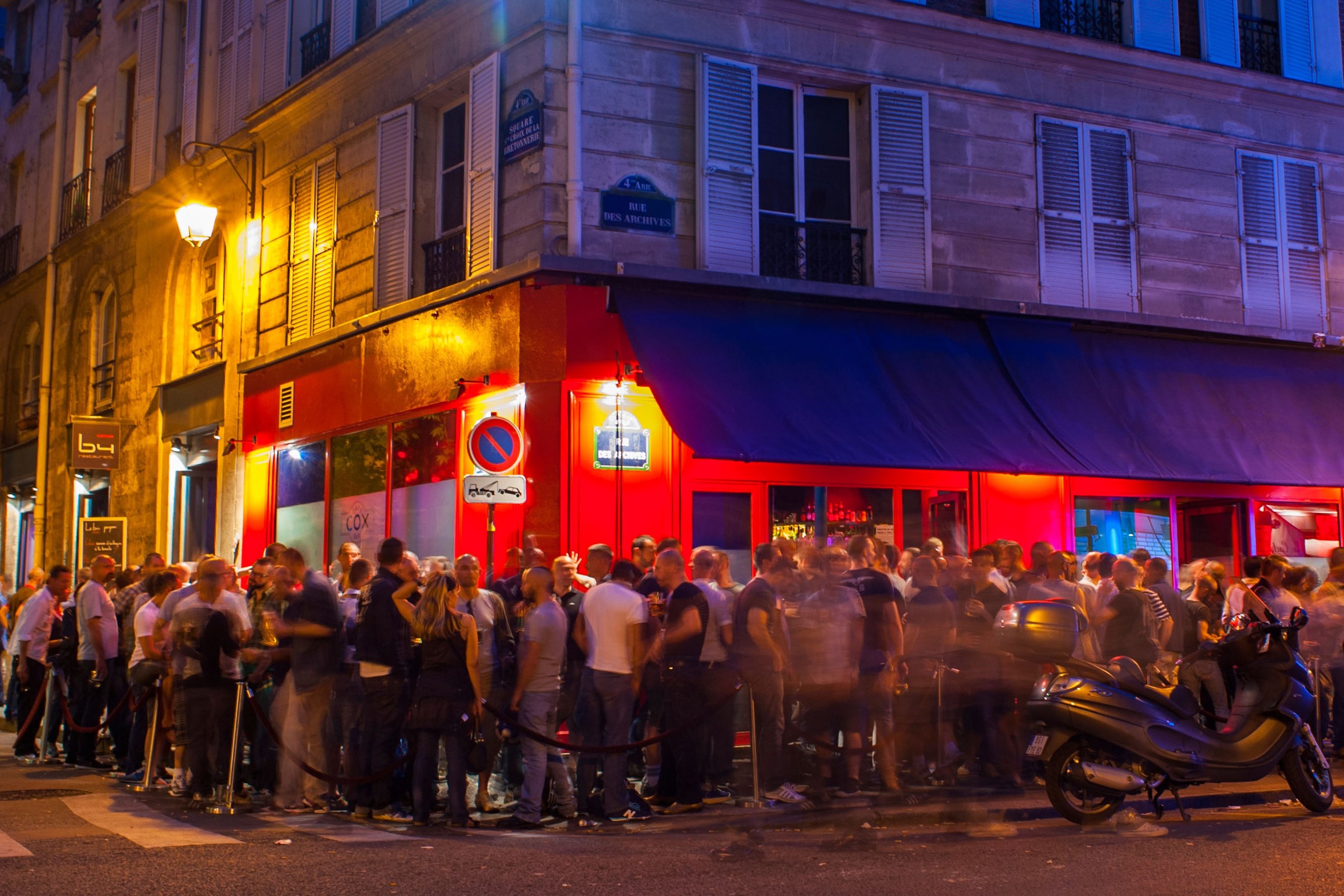 Photo theculturetrip.com
Photo theculturetrip.com
A few years later the area became quite suitable for life, both Knights of the Temple and ordinary citizens began to settle there. However, peace and harmony did not last long: after a while, King Philip the Fair not only defeated the Order, but also took those once unwanted land from the knights. Angrily, with a sore heart they left the newly arranged Marais, cursing Philip forever.
Kosher "invasion"
As historians say, the Jews came to Paris before the French, and it is not a joke. They lived in all parts of the city, but the highest density was in the area of modern Orly airport. Over time, their community began to move toward a more peaceful Marais, which thanks to the Order of the Temple was quite suitable for life.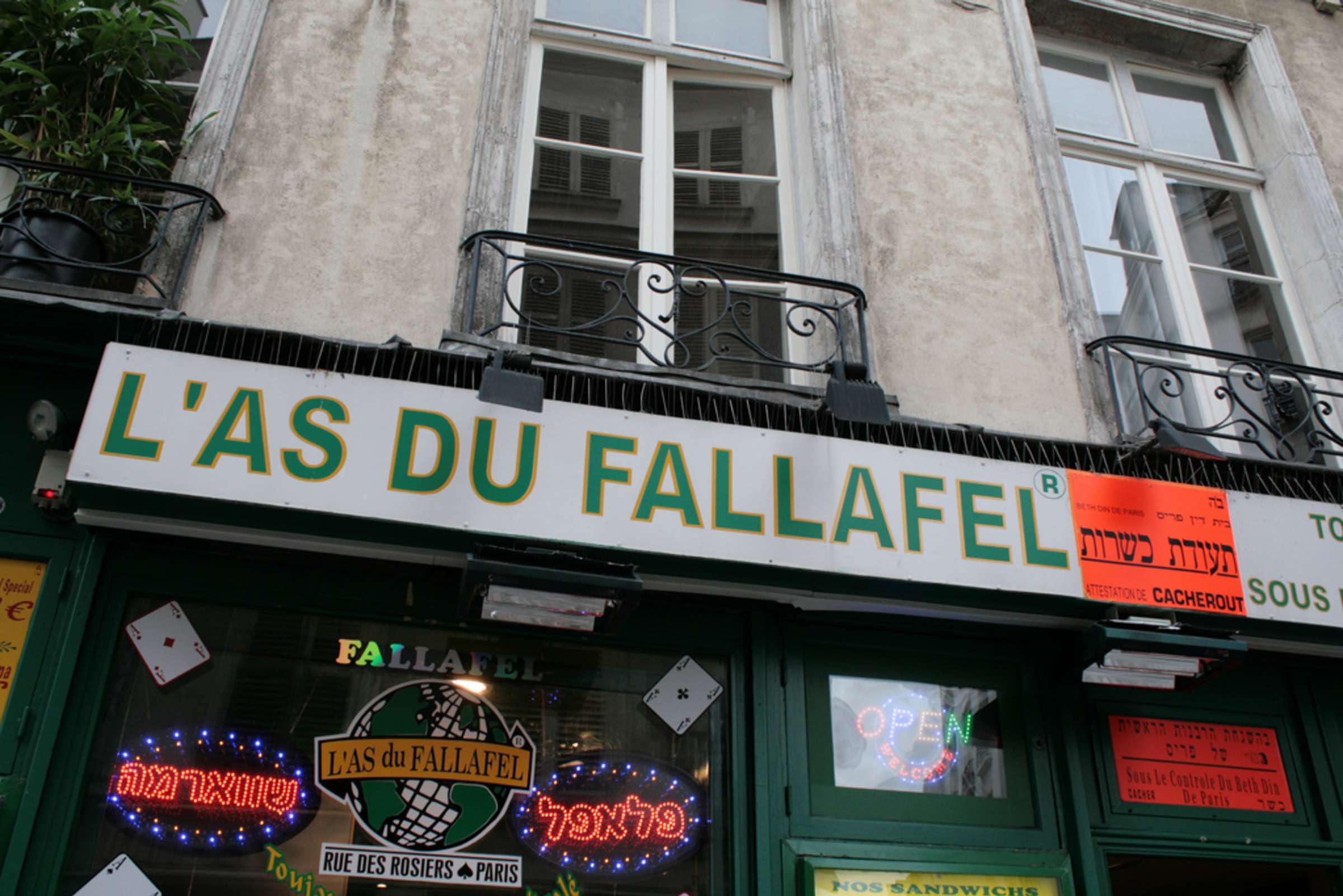 Photo contexttravel.com
Photo contexttravel.com
Finally, "The Marsh" turned into a bohemian "little Israel" in the 18 and 19 centuries, when the Jews moved here driven from Poland and the Russian Empire. "The final" anchor to the quarter for the Jews was the construction in 1913 of the largest synagogues in Paris, which was designed by an outstanding architect Hector Guimard, the brain behind Paris's iconic Métro stations. Since then, non-Jewish minority of area is no more than 15%. Most often they are students or people of creative professions, who like living in the "quiet centre" next to the architectural monuments and where cultural life does not stop for a minute, and all kinds of museums and theatres are as many as bakeries.
Main attractions
The Parisians say that the most interesting thing there is 800 000 Jewish community whose life is very interesting to watch. Therefore, many residents of the capital often go to the Métro station of Pont-Marie just to walk, to plunge into the local atmosphere and to pay homage to many cafes and bars. Local eateries, devoid of glamour and apprising looks, are the most pleasant in the city, so the queues for crêpes or falafels surprise no one. The Marais is a "Paris from the inside" where tourists are not so numerous, because very few holidaymakers go beyond the Champs Elysées or Montmartre.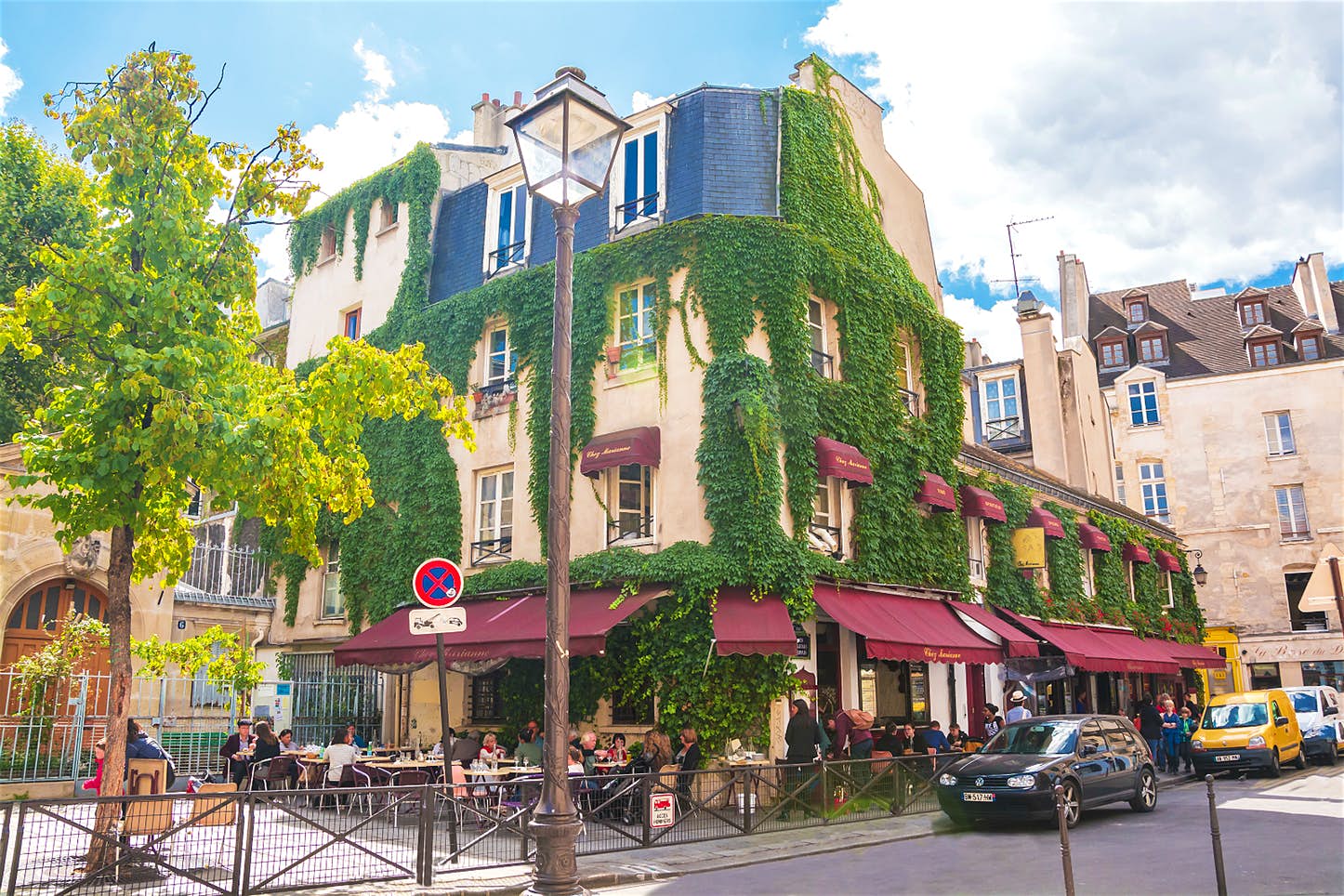 Photo lp-cms-production.imgix.net
Photo lp-cms-production.imgix.net
"The Marsh" with its museums, cabarets and magnificent Pompidou Centre is certainly not second to the cult places of the capital. Moreover, the streets of Rosiers and Ecouffesare are packed with quaint shops trading handmade pieces, small workshops and all sorts of historical monuments. Just look around - here's a tiny medieval Billettes monastery, neighbouring with gay pub, and just across the road there is an archive of the Jewish community where you can learn everything about the Holocaust. So, the Marais is a fusion, an awesome and multi-ingredient cocktail neighbourhood. Photo timeout.com
Photo timeout.com
Be sure to walk through the "urban village" of St. Paul, situated inside the area: people from all over the city come there for fresh farm products and original goods supplied by handicraft boutiques (yes, they are really boutiques with appropriate products and prices). This place is a home for the legendary Saint Paul Church that was looted during the French Revolution. Today, its interior is filled again with a variety of shrines and works of art, and the entrance is decorated with a real masterpiece of "Christ in the olive grove" of 1827 , by the artist Delacroix.
With regard to the synagogue by Guimard, its Art Nouveau style still impresses even the residents of the area since this building is their pride. After the Nazis had blown it up during the Second World War, the first thing the Jews did after the victory was its renovation, and at the same time they claimed for it a status of a monument of world architecture to protect religious buildings from possible destruction in the future. Photo synagogues360.blogspot.com
Photo synagogues360.blogspot.com
The Musée Picasso opened in 1985 in the halls of Salé mansion, it woos art lovers with one of the most complete collections of works by the master. Almost all Pablo’s paintings exhibited in all countries, then come back here, because here is the place of their permanent deployment.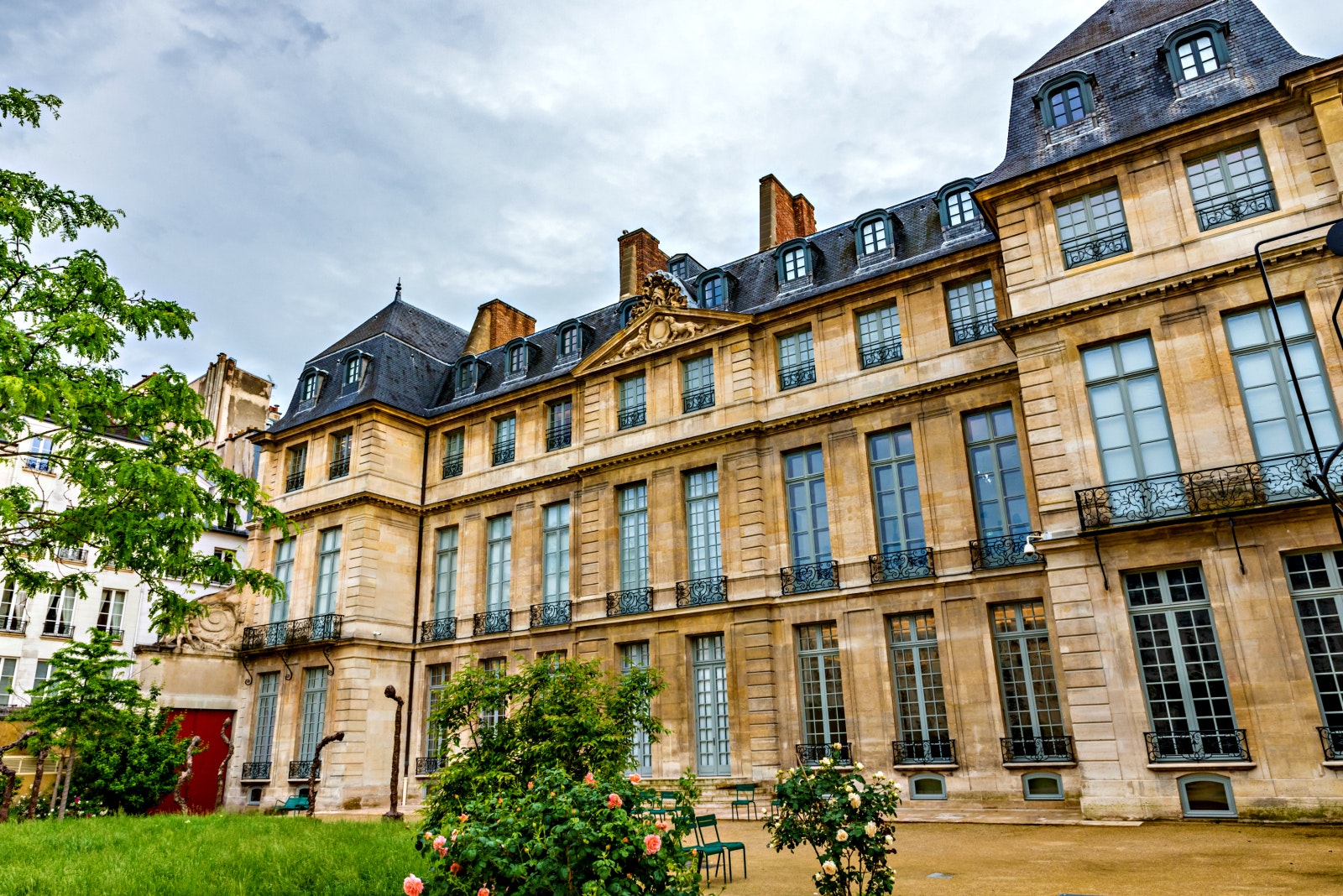 Photo lonelyplanet.com
Photo lonelyplanet.com
You can finish your sightseeing route on the spacious Place des Vosges, in the territory of which the comfy park is nested. Its advantage is the official permission to sit on the lawns with baguette and wine, and feel like a real Parisian. Well, like Parisian Jew if the wine is of "Kosher" brand, and instead of a baguette you have pita bread with hummus. The view is spectacular: the magnificent Sully mansion indicates the wealthy status of the former residents, at first glance one thought comes to mind "these guys had a real appreciation for life!".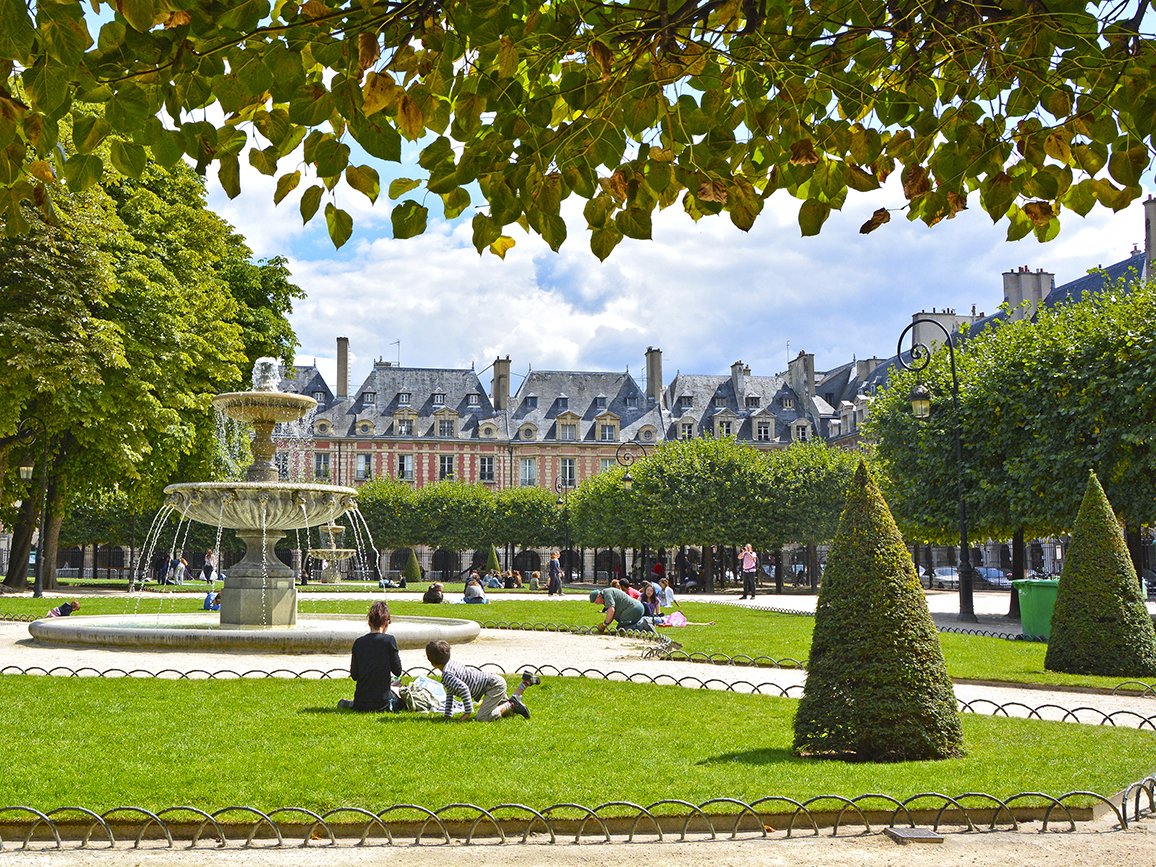 Photo readersdigest.ca
Photo readersdigest.ca
It should be added that such a trip around the district is seemingly overloaded with various attractions, but it will take not more than two or three hours of nice walk. The Marais, in addition to being beautiful and original, is very compact to great delight to the fans of walks.
Cover photo youtube.com





















